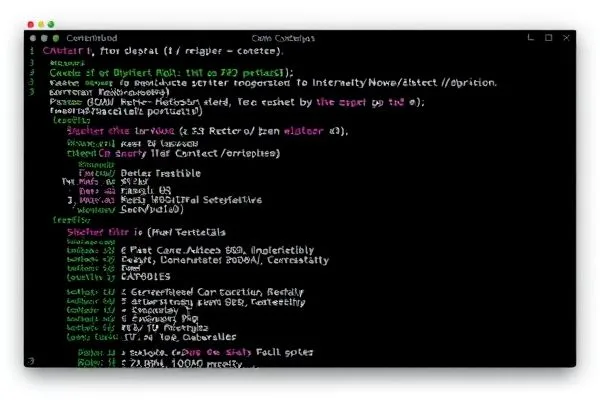As cyber threats continue to evolve, recent developments highlight the growing sophistication of state-sponsored espionage. The North Korean threat actor ScarCruft has deployed a new malware known as KoSpy, specifically targeting Android users through deceptive applications. This article delves into the implications of this threat, the operational mechanics of KoSpy, and the broader context of cyber espionage.
Key Takeaways:
- KoSpy: The Latest Threat – KoSpy malware is designed to gather sensitive user data while masquerading as legitimate utility applications.
- Modus Operandi – ScarCruft utilizes a two-stage command-and-control approach, enhancing stealth and resilience.
- The Bigger Picture – Understanding the tactics of nation-state actors like ScarCruft can help organizations bolster their defenses against espionage.
Understanding KoSpy Malware
KoSpy represents a significant step in the evolution of malware, incorporating advanced techniques to compromise Android devices. Disguised as legitimate applications such as File Manager and Software Update Utility, these malicious artifacts exploit users’ trust to deliver a wide range of surveillance capabilities. Once installed, KoSpy can harvest SMS messages, call logs, and even take screenshots or record audio.
One key feature of KoSpy is its ability to dynamically load plugins via a Firebase Firestore database. This method not only facilitates communication with the malware’s command-and-control (C2) servers but also allows the attackers to update the malware’s capabilities without raising suspicion. Such adaptability is paramount in maintaining operational security, particularly in a landscape where cybersecurity defenses are increasingly vigilant.
The Broader Context of Cyber Espionage
SarCruft, also known as APT37, has been active for over a decade, continually evolving its tactics to exploit new vulnerabilities. The group’s prior association with other malicious software and their methodology in deploying KoSpy underscore the persistent threat posed by nation-state actors. Their campaigns not only target individual users but often have larger geopolitical objectives, aiming to steal sensitive information for state-sponsored interests.
The escalation from traditional malware to sophisticated spy tools necessitates a proactive approach from organizations. Establishing strong cybersecurity practices and maintaining user awareness are critical in mitigating risks posed by such advanced adversaries. Implementing multi-layered security measures, regular updates, and employee training can help create a robust defense against these threats.
Conclusion
As demonstrated through the case of KoSpy, the sophistication with which state-sponsored cyber espionage groups operate presents a significant challenge to individuals and organizations alike. By understanding these threats and their underlying mechanisms, stakeholders can better prepare and defend against the tactics employed by groups like ScarCruft. Vigilance and education are paramount in the ongoing battle against cyber threats.
FAQs
- What is KoSpy malware?
KoSpy is a malware targeting Android users, designed by the North Korean group ScarCruft to gather sensitive information while disguising itself as legitimate applications. - How does KoSpy operate?
KoSpy utilizes a two-stage command-and-control approach, allowing it to retrieve configuration and malware updates from a cloud database while avoiding detection. - What should organizations do to protect against threats like KoSpy?
Organizations should implement multi-layered security strategies, conduct regular security training for employees, and ensure software is updated to defend against such threats. - Why is the threat of state-sponsored cyber espionage significant?
These actors often have extensive resources and geopolitical motivations, increasing the danger and complexity of the threats they pose to national security and corporate integrity.









